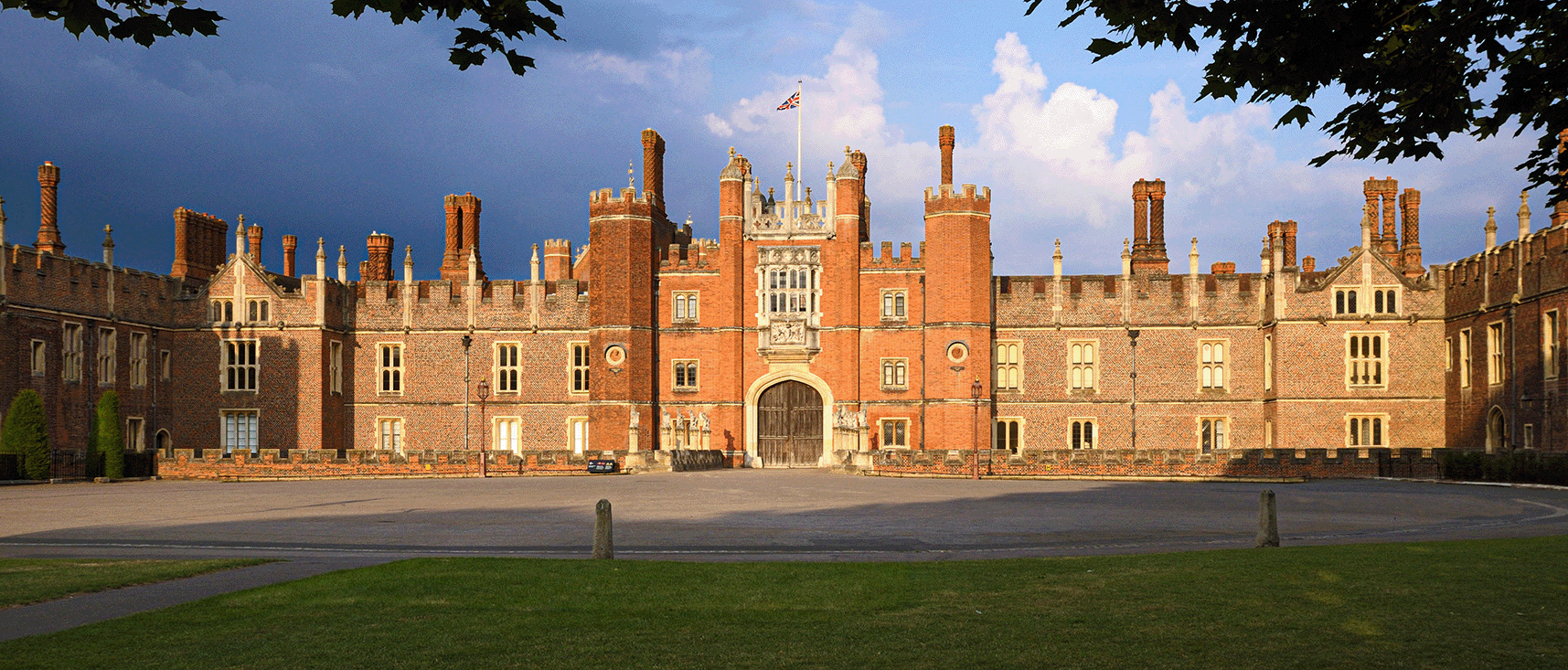Culture and Politics
9.1 Introduction

Portrait of Henry VIII by Hans Holbein the Younger, 1536
Antiquarian Images / Alamy
Questions about the relationship between culture and politics in the reign of Henry VIII have centred on the uses of imagery, particularly of the king himself. These are seen either as the tools of propaganda or as more general political statements. How the often complicated and intricate messages inherent in works of art were conveyed and received by their intended audiences remains the subject of intense debate. Historians have been especially interested in how ideological developments may have affected the king’s use of imagery, so much attention has been paid to the incorporation of Protestant messages in art from the 1530s onwards.
The function of architecture has received similar attention, usually in terms of its use as an exercise in the ‘projection of power’. The contents of Henry’s palaces allowed him to present a cumulative impression of dazzling royal magnificence. He commissioned lavishly decorated furniture, numerous pictures, huge quantities of jewellery, over 2,000 pieces of tapestry (the largest collection on record) and 2,028 pieces of gold and silver plate. Henry built more palaces than any English monarch before or since, so lacked no space in which to parade his royal magnificence to his subjects and to rival rulers.

Hampton Court Palace
Chris Harris / Alamy
The centre of culture and politics was the royal court, and the context the cultural conventions that were common in Europe, through the chivalric courtly traditions re-fashioned by the Renaissance. The patronage system with the court at its apex encouraged the dissemination of these cultural norms throughout society.
In this unit we will study the various ways in which culture interfaced with politics during the reign of Henry VIII. First, we will consider the role of the ritual life of the court. We will then look in turn at art, literature and architecture in more detail.
By the end of this unit you will have:
- an appreciation of the main distinctive features of Henrician art, architecture and literature
- an understanding of the creation of the king’s image
- learned to assess the impact of art on politics and society.
Individual activity: Introduction
Familiarise yourself with this topic and some of the intellectual patronage from Henry VIII’s court by reading Wooding, pp. 80-87.
Record your thoughts in your notes, to draw upon as you work your way through this unit.
Optional activity: Reign of Henry VIII glossary
Investigate the following terms in order to find out something about their meaning in the context of this course. Add them with your explanations to the Reign of Henry VIII glossary.
- terracotta
- Cloth of Gold
- Knights of the Garter
Feel free to add other words or phrases with which you are unfamiliar.